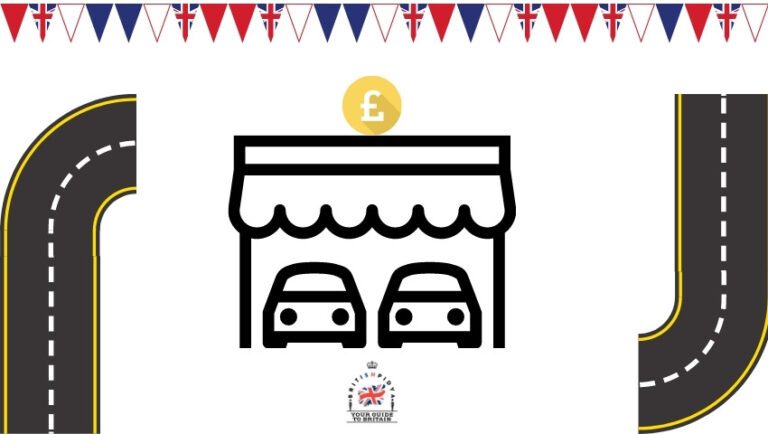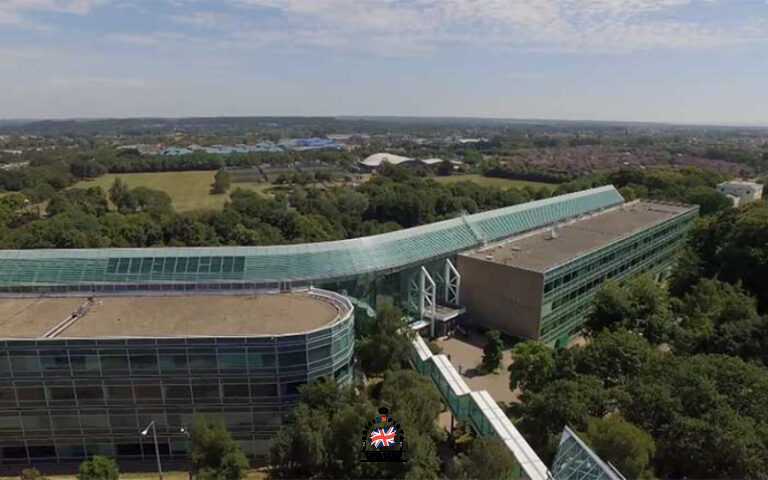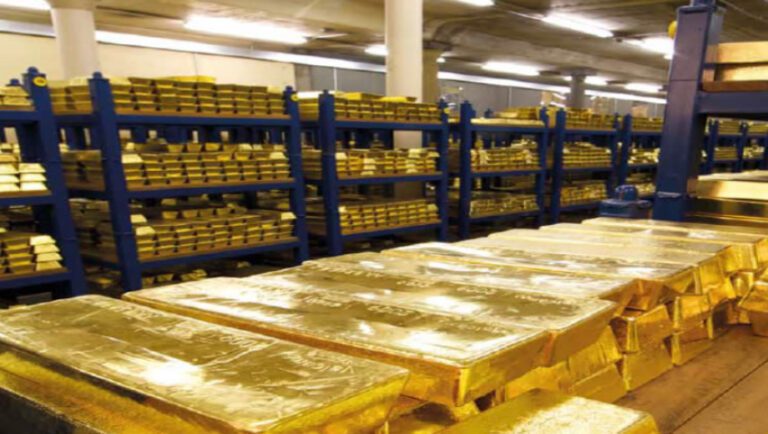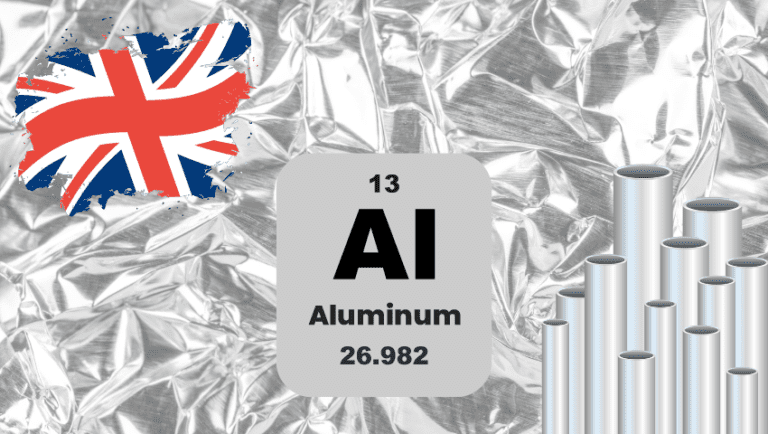Commercial ports in the UK .. Full guide 2023
The maritime history of the United Kingdom is extensive and famous. The UK’s commercial ports have piqued the country’s attention, prompting it to seek new trade deals, particularly following Britain’s withdrawal from the European Union, since the ports are already worth $57 billion to the UK economy.
The UK has a long history of trading and we have some of the most important ports in the world. These ports are not just for trade, but also for travel.
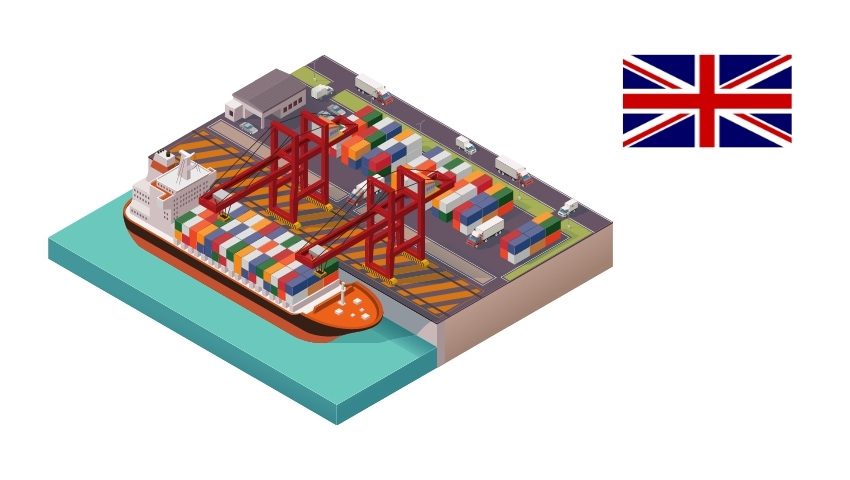
The most important commercial ports in the UK
Port of London
The Port of London surrounds the River Thames in the southeast of England, 80 kilometers from the North Sea, about 100 kilometers northeast of the port of Southampton and 75 kilometers north of the English Channel. It is also located more than 220 kilometers north of the port of Le Havre, the second busiest port in France.
– The Port of London is one of the busiest ports in the world. It handles more cargo than any other port in Europe, and is one of the busiest ports in the world. It’s also a major tourist attraction with many cruises originating there.
The Port of London is the political, cultural, financial and industrial center of the country and the former British Empire.
Since the Saxon period, the Port of London has been an important part of the city’s economy. It is a worldwide hub for international business and trade, with London being one of the three pillars of the global economy (together with New York and Tokyo), with PwC estimating that the Port of London had the world’s sixth biggest economy and the second largest in Europe in 2005.
The Port of London’s economy is heavily reliant on its financial industry, with more than half of the companies in the UK and more than 100 of the 500 largest companies in Europe having headquarters in central London, and services, science, and research are becoming increasingly important in the city’s economy.
Tourism is a major sector for the Port of London , with around 350,000 full-time workers and annually the Port of London attracts more than 15.6 million foreign tourists.
Today, the Port of London handles 12.5 thousand merchant ships and more than 53 million tonnes of cargo per year, including forest products, oil and petroleum, vehicles, sugar, grains, oils, edible fats, animal feed, steel, other minerals and fertilisers, and chemicals, cement, minerals, and container waste.
The Port of London annually handles 53.8 million tons of cargo, including 45 million tons of imports and 8.8 million tons of exports. Where the goods packed in containers included a total of 1704 containers, distributed between 948 thousand containers of imports and 756 containers of exports.
The volume of shipments in the Port of London is 19.3 million tons of crude oil and petroleum products shipments, 14.6 million tons of containers and trailers, 2.5 million tons of coal, 2 million tons of forest products, 1.5 million tons of minerals, one million tons of grain and 5 million tons other trucks .
Port of Immingham
Immingham is a port on England’s southeast coast, on the south bank of the Humber Estuary in northeastern Lincolnshire. It is about 220 kilometres northwest of the Felixstow port and around 240 kilometres north of London. Immingham Port is one of the busiest in the United Kingdom.
The port opened in 1906 AD, and the chemical and petroleum industries flourished along the banks of the Humber River in the 1950s, bringing 20 years of economic and demographic boom and driving building.
The port handles iron ore, coal, oils, spirits and liquid chemicals.
Felixstowe Port
Felixstow Port is the busiest container port in the United Kingdom. Felixstowe Port is situated on the northeastern side of the Orwell Estuary via Harwich Harbour in the coastal area of Suffolk on the eastern coastlines of England. Felixstube Port is fewer than 100 kilometres northeast of London and is England’s nearest port to Rotterdam and the Dutch port of Europort. It also serves as a yacht harbour and a beach resort.
Port of Grangemouth
Grangemouth Harbor is situated on the Forth Estuary’s southern beaches, about 34 kilometres northwest of Edinburgh, Scotland. It is Scotland’s main oil port, as well as the location of one of Europe’s biggest petrochemical factories. It is also the busiest container port in the nation, handling commerce with North America and Europe.
The port was founded in 1769 by Sir Lawrence Dundas to serve as the final shipping point on the Forth-Clyde Canal.
Grangemouth Harbor is a popular commuter town and an inexpensive overnight stop for business and leisure travelers.
It is mainly exported charcoal, as well as electronics and machinery
The famous are imported timber , grain, rubber, cement and wood pulp , and it is also imported
Important for oil and contains an oil refinery.
Port of Liverpool
The Port of Liverpool sits three kilometres from the Irish Sea on the River Mersey in the county of Lancashire on England’s west coast.
The Port of Liverpool handles more than 4.5 million tons of dry bulk cargo annually and annually passes through it more than 500,000 tons of general cargo.
The Port of Liverpool handles millions of tons of dry bulk cargo , which includes imports
Coal for power generation and scrap metal exports for recycling in steel mills all over
around the world.
Imports and exports at the port also include cocoa, fertilizers, aggregates and chemicals
The port receives crude oil destined for Shell Stanlow Refinery and also deals with chemicals
Edible oils.
Thamesport port
The port is located in the North Sea, 56 km east of London, and is the UK’s third busiest container port.
The port has a commercial berth with a length of 655 metres and a depth of 15.5 metres that is serviced by a tugboat.
Six giant cranes for Panamax ships, 46 recreational tractors, three heavy cranes,
and nineteen giant rail-mounted cranes and is capable of handling 660,000
An equivalent container of goods packed into a container annually.
It also contains warehouses for storing containers with an area of 17.3 thousand square meters
And warehouses for storing wet and dry goods with an area of 11.1 thousand square meters.
The Port of Southampton
The port of Southampton is located in the north of the Isle of Wight. The Port of Southampton is a major shipping port
It also contains factories for grinding grains and processing tobacco, as well as a cable factory
petrochemicals and electrical engineering products.
The port has a container terminal, solid and liquid bulk terminal, and a terminal
To receive oil tankers, a station for RORO ships , and a service station


